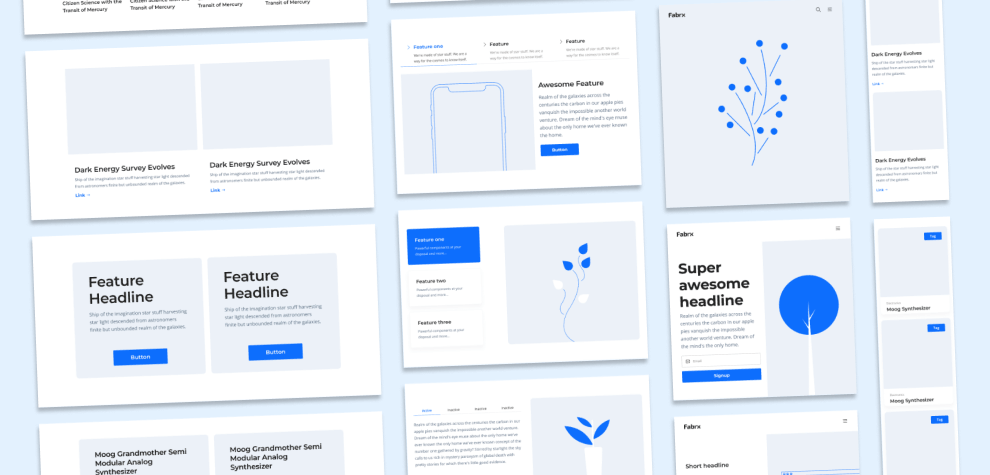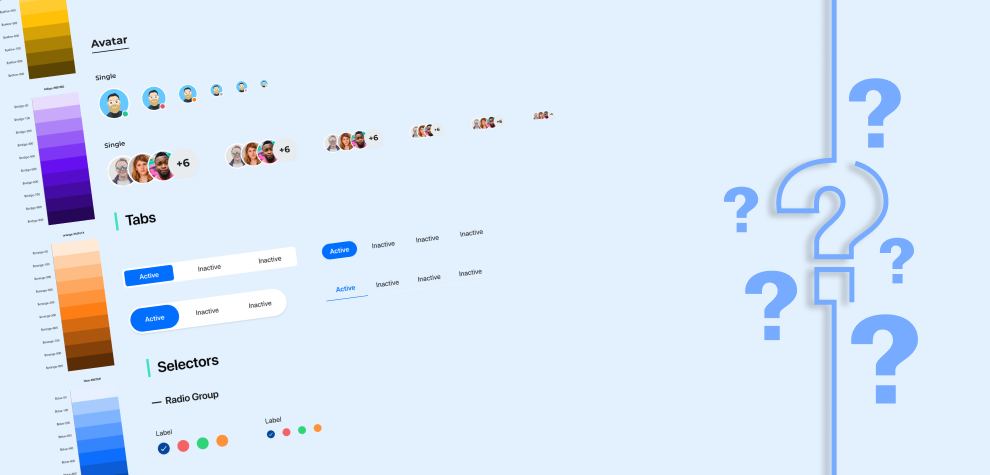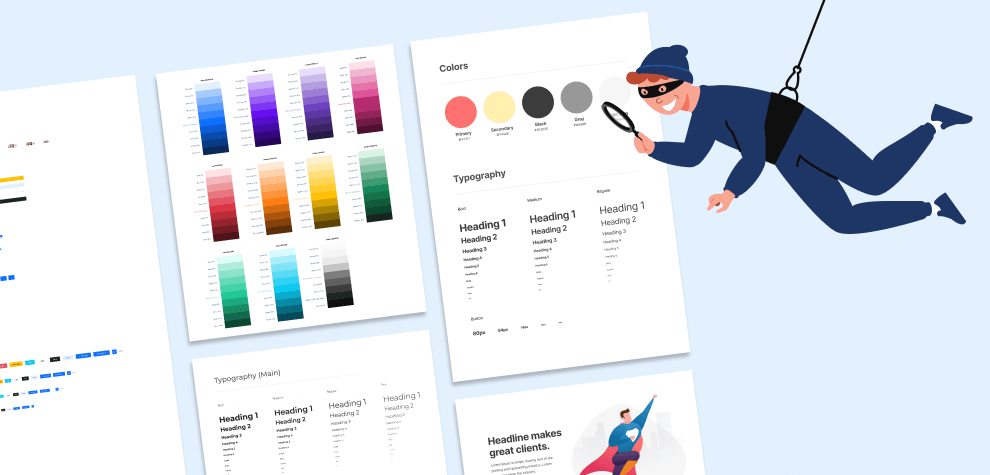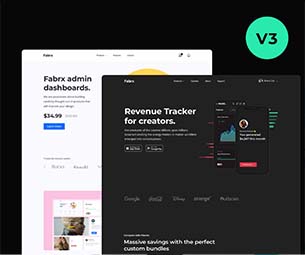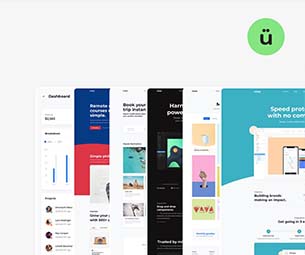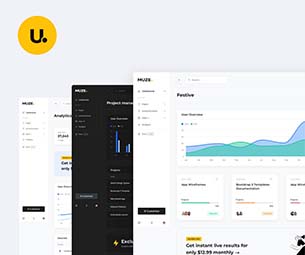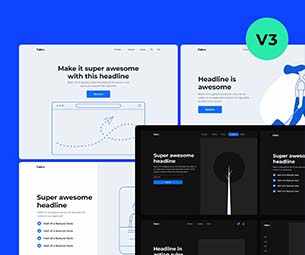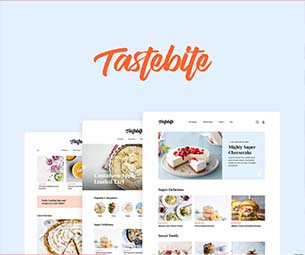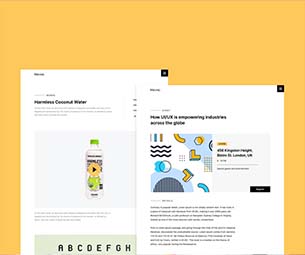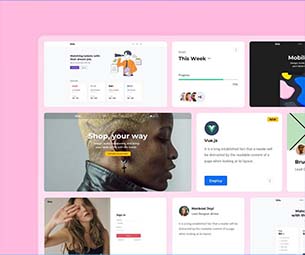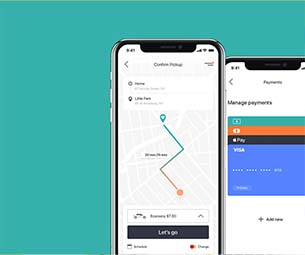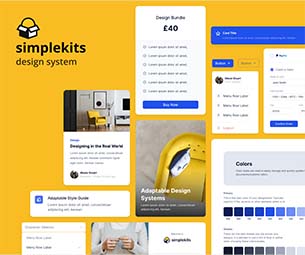The web development world is evolving at a pace like never before with the introduction of new technologies, tools, and frameworks. Conversely, worldwide people’s expectations are going over the rope on what they want from a website standalone. This includes smooth navigation, responsiveness, and attractive design.
Considering the constantly changing demands of the users, it’s become crucial for developers and businesses to choose the right framework. One of the top front-end frameworks, Bootstrap, has won the hearts of developers and businesses alike and has transformed the way the latest and modern websites are crafted.
Bootstrap is one of the most popular front-end frameworks in the industry, with a market share of 13.2% worldwide.
However, like every creation, there comes a caution. Similarly, Bootstrap also has its strengths and weaknesses.
In this blog, we will look at the Pros and Cons of Bootstrap in web development. Considering the same, you can decide whether the framework helps elevate your web projects or makes your project more complex.
So, let’s get started.
What is Bootstrap in Web Development?
Bootstrap is a robust, extensive, and feature-packed front-end development framework built using HTML, CSS, and JavaScript components. The framework was initially designed and developed by a Twitter developer, known as the Twitter Blueprint.
Bootstrap template is a pre-designed web layout streamlining the entire web development process. These templates offer a design with responsive components, a grid system, and a style you can leverage to build a website, offering a flawless experience regardless of the devices.
Pros of Bootstrap in Web Development
1. Rapid Development
There are some essential reasons, based on which, we can say that Bootstrap speeds up your web development process.
First and foremost, the front-end framework is easy to use. Hence, you can start your web development project without any hurdles.
If you are the kind of person who doesn’t like to document your code, Bootstrap is your express lane for web development. It offers comprehensive documentation, which helps you in building attractive websites without manual coding. You only need basic knowledge of HTML, CSS, and JavaScript.
Moreover, you can even utilize a popular Bootstrap website builder to speed up web development and create intuitive websites.
2. Responsiveness
The majority of users like to access websites from their smartphones. Hence, they expect the website to function well on their devices. Thankfully, responsiveness is one of the other crucial things already available in the Bootstrap framework. Think of a website that operates efficiently on multiple devices, such as desktop, mobile, and tablet.
Bootstrap has a built-in responsive feature that ensures that every site you create using it is visually appealing, functions well on different screen sizes, and offers users an enjoyable experience.
Other than this, you can even create a responsive web design with a Bootstrap template. You can even utilize a Bootstrap UI Kit. It comes with a range of components, layouts, etc., which you can utilize to create stunning wireframes and websites for any niche that satisfy the users’ needs and increase engagement regardless of the device.
3. Consistent Design
In the case of the Bootstrap framework, you can maintain a consistent look on your entire website. How? Using various pre-designed styles, components, and templates offered by Bootstrap to help you design a website that looks identical on every browser and device.
Here, Bootstrap enables you to design and build a straightforward, professional, and aesthetic website. In the end, you can provide a best-in-class experience to the users through your new site.
4. Large Community & Support
Another significant benefit of Bootstrap is the thriving community of developers and enthusiasts who are continuously working to improve the framework.
By constantly keeping an eye on the growing Bootstrap community, you can learn about various things, such as detailed documentation, tutorials, and the most recent code snippets. Whether you are a beginner or a highly experienced web developer, you can collaborate with various other developers, share your issues & get answers, and even celebrate your victories.
The primary purpose of this Bootstrap community is to help developers at all levels move forward in the digital landscape, and build great web projects efficiently.
5. Cross-Browser Compatibility
The front-end framework for web development supports cross-browser compatibility; the site renders on various browsers, such as Chrome, Firefox, Edge, Safari, etc., without losing its form.
The site built with Bootstrap offers a consistent experience on browsers because the framework follows the latest web standards, and utilizes CCS prexies that align well with the style of the browsers.
Cons of Bootstrap in Web Development
1. Learning Curve
The learning curve for Bootstrap in web development means the total time the developer needs to invest to grasp and start using the framework efficiently.
The framework offers a range of features and classes that help you design a responsive layout, which is highly beneficial for beginners. Despite these things, developers need first to become familiar with the CSS classes and then utilize components using these classes. Besides this, developers must understand the syntax and the grid system.
There is also comprehensive documentation for Bootstrap, which you need to refer to for understanding the framework. As soon as you are used to it, you can create a website that works well on various devices & browsers.
2. Bloated Code
Bootstrap is one such front-end framework that streamlines the entire process of web development. However, one major drawback of Bootstrap is “Bloated Code”. Here, it occurs because Bootstrap comes with various pre-built components and styles, increasing file sizes for websites that might not be necessary.
Ultimately, this access code increases page load times, slows down the website, and leads to more bandwidth usage. In addition, this unnecessary code impacts the user experience and site responsiveness.
To get ahead with this issue, you need to customize the Bootstrap installation by adding the components you need for the project.
3. Overused Design
Bootstrap is very user-friendly and does not require a massive amount of coding language. Moreover, it comes with extensive templates and styles. Hence, various developers create engaging website wireframes with Bootstrap templates. Furthermore, developers can design attractive websites with little customization, and install just the necessary plugins.
However, this ease of use has its own cost: the majority of the Boostrap sites look identical in terms of design. It even reduces the site’s originality and site identity. If you want to make your site unique, you need to put considerable time and effort into customizing the CSS. Also, you need to ensure that the website maintains its individuality after the customization, and is simple to use.
4. Limited Flexibility
As mentioned earlier, the front-end framework comes with a predefined set of styles, components, and templates that you can leverage to build a website. Even though these built-in things are suitable to start the development, they are not enough if you want customization beyond a certain point.
If you want to create a particular type of distinctive design for your website, it is challenging with the Bootstrap framework. Why? Bootstrap forces you to modify things according to their styling options.
In short, Bootstrap might not be a reliable solution for web projects that have unique design requirements.
Conclusion: A Recap of Pros and Cons of Bootstrap in Web Development
Bootstrap is one of the most robust front-end frameworks that offers outstanding advantages, such as rapid development, ease of use, consistent styling, a highly responsive grid system, and a vast library of built-in components and templates. Hence, the framework is beneficial for the beginners.
On the contrary, the framework has some drawbacks that affect the website’s performance. These comprise bloated code, a learning curve, and limited flexibility.
Hence, it would be best to analyze all the pros and cons of Bootstrap in web development. After this, you should consider this framework according to your project requirements, design goals, technical needs, and preferences.





